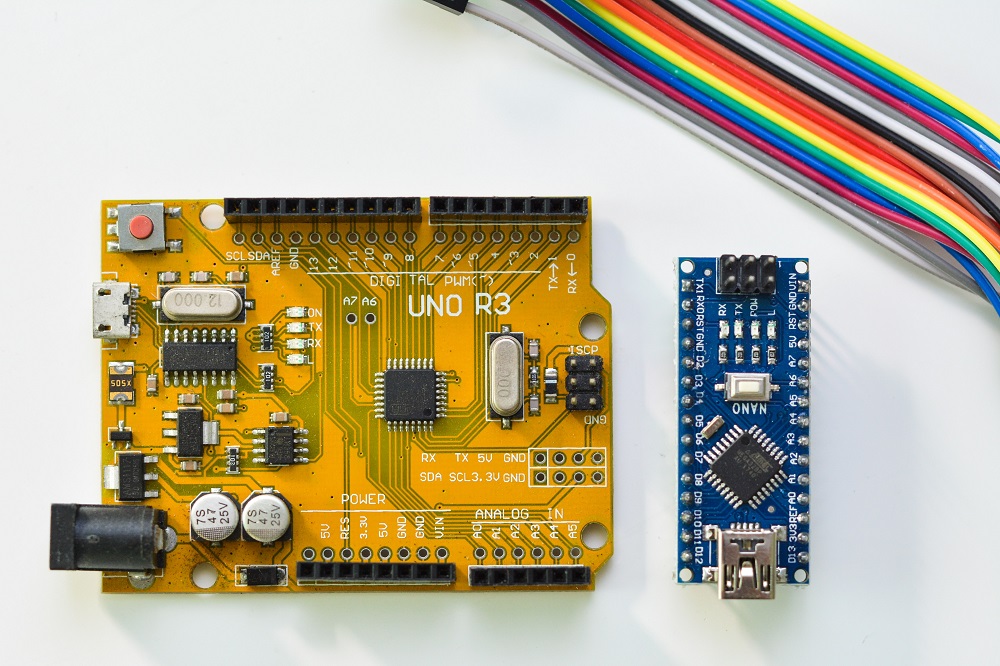- All
- Product Name
- Product Keyword
- Product Model
- Product Summary
- Product Description
- Multi Field Search
Views: 88 Author: Site Editor Publish Time: 2023-08-08 Origin: Site
Terminal blocks are devices that are used to connect and secure electrical wires together in a neat and organized manner. They are widely used in the electrical industry and are available in different types and designs to suit different applications. European terminal blocks are popularly used in Europe, but they are not the only type of terminal blocks available in the market. In this article, we will discuss the similarities and differences between European terminal blocks and other terminal blocks.
Functionality - All terminal blocks perform the same function, which is to connect and secure electrical wires together.
Design - Terminal blocks are designed to have a modular design, which means that they can be easily added or removed depending on the needs of the application.
Mounting - Terminal blocks can be mounted on a DIN rail or panel mount.
Materials - Terminal blocks are typically made from high-quality materials such as copper, brass, or aluminum.

Design - While all terminal blocks have a modular design, they differ in their specific designs. For example, European terminal blocks have a compact design and are available in different types such as screw, spring, push-in, and insulation displacement. In contrast, American terminal blocks have a larger design and are available in types such as barrier, stud, and ring.
Voltage rating - Terminal blocks differ in their voltage rating. European terminal blocks are typically rated for low voltage applications of up to 1000V. In contrast, American terminal blocks are rated for higher voltage applications of up to 600V.
Wire size - Terminal blocks differ in their wire size capacity. European terminal blocks are typically designed to accommodate smaller wire sizes of up to 2.5mm2. In contrast, American terminal blocks are designed to accommodate larger wire sizes of up to 750mcm.
Markings - Terminal blocks differ in their markings. European terminal blocks are typically marked with international symbols, while American terminal blocks are typically marked with English letters and numbers.
Certification - Terminal blocks differ in their certification requirements. European terminal blocks must comply with European Union (EU) standards such as the Restriction of Hazardous Substances (RoHS) and the Registration, Evaluation, Authorization, and Restriction of Chemicals (REACH). In contrast, American terminal blocks must comply with United States (US) standards such as the Underwriters Laboratories (UL) and the National Electrical Manufacturers Association (NEMA).
In conclusion, terminal blocks are essential components in the electrical industry. While they perform the same function, they differ in their specific designs, voltage rating, wire size capacity, markings, and certification requirements. European terminal blocks are popularly used in Europe, while American terminal blocks are popularly used in the United States. It is important to choose the right type of terminal block for the specific application to ensure optimal performance and safety.
A terminal block is a compact, insulated base with metal contacts that lets you clamp, join, and distribute conductors without soldering. If you’ve ever routed power to a drive, brought sensor leads into a controller, or handed off field wiring to a PCB, you’ve used one. Understanding what is a term
As a Engineer ,It is very important to choose globally recognized premium terminal blocks .these manufacturersas below: Phoenix Contact, WAGO, Weidmüller, Eaton, Molex, Amphenol, Harting, and Shanye Electronics (subsidiary of Kefa Electronics). These industry leaders collectively dominate the $4.6
This article covers the technical features of spring-loaded and push-in terminals, and both the advantages and disadvantages of these technologies when it comes to installation practices, commissioning, footprint and authorisation for the North American market. Why do we need spring terminal block ?
Wiring a terminal block correctly is a fundamental skill in electrical work, ensuring safe and reliable connections. This article will help you to understand the essential steps, from preparing your wires to securing them properly within various terminal block types.ContentWhat are Terminal Blocks?R
What is terminal block ?terminal block, also known as a connection terminal, is a modular block used in electrical and electronics systems to connect and secure electrical wires or cables. It serves as a convenient and organized way to make electrical connections, whether for power distribution, sig
Terminal electronics is the key point at which a conductor from a electronic component, device or network comes to an end.Terminal may also refer to an electrical connector at this endpoint, acting as the reusable interface to a conductor and creating a point where external circuits can be connected